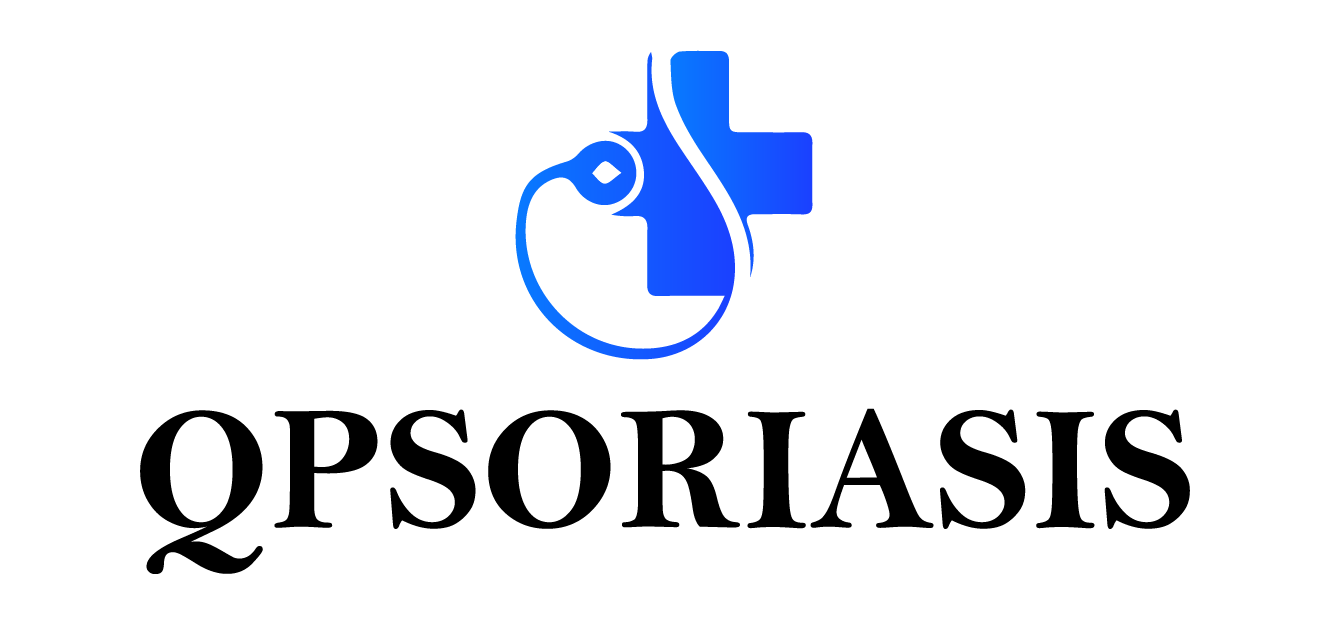Psoriasis is not just some dry and red spots; it is a clear biological process that is the result of the failure of skin cells renewal and immune balance. This psoriasis skin science article describes how the skin, cells, and immune system work, why symptoms affect where they do, and how this knowledge can be applied in practice and clinical practice. This step-by-step guide may be your first encounter with psoriasis, or you are simply learning the dermatology basics. This straightforward guide will provide you with the scientific background to make decisions and be able to ask effective questions to your health care team.
What is psoriasis?
Psoriasis is an immune-mediated chronic, skin disease that manifests itself in sharply demarcated, frequently scaly plaques. The most common type of psoriasis is known as plaque psoriasis in which epidermal cells (keratinocytes) grow too fast and there is inflammation caused by the immune system. Rather than the normal 28 days to 30 days that it normally takes the skin to regenerate, the affected regions can regenerate after only 3 to 7 days leading to thickened skin and accumulation of partially developed keratin (the visible scale).
Common features
- Well-demarcated erythematous plaques with silvery scale
- Typical sites: scalp, elbows, knees, lower back, and nails
- Variable severity: from localized patches to extensive body surface involvement
- Associated conditions: psoriatic arthritis, metabolic syndrome, and mood disorders
The skin biology behind psoriasis
To learn about the psoriasis skin science we should concentrate on two key cell types; keratinocytes (the epidermis structural cells) and immune cells (in particular, T lymphocytes, and dendritic cells). Their interplay is the cause of the observable and symptomatic changes.
Keratinocyte proliferation and differentiation
The normal skin has a formation of keratinocytes in the basal epidermal layer and proceeds to migrate upwards and as it does it differentiates, and sheds off the surface in approximately a month. This is dramatically accelerated by signals in psoriasis:
- Acanthosis (epidermal thickening)
- Parakeratosis (retention of nuclei in upper layers)
- Accumulation of immature keratin (scaling)
Immune activation and cytokines
Psoriasis is mostly mediated by the immune system. Activated dendritic cells display antigens and activate T cells – specifically, Th17 and Th1 groups. These T cells release inflammatory cytokines that continue the process of inflammation as well as proliferation of keratinocytes. The important cytokines and mediators are:
- Interleukin-17 (IL-17): central to keratinocyte activation
- Interleukin-23 (IL-23): drives Th17 cell maintenance
- Tumor necrosis factor-alpha (TNF-α): promotes inflammation and vascular changes
- Interferon-gamma (IFN-γ): contributes to immune signaling
Modern biologic therapies target these cytokines directly, demonstrating the clinical relevance of this pathway.
Barrier dysfunction and microenvironment
The lipid composition and barrier functionality of psoriatic skin are changed and lead to increased transepidermal water loss and sensitivity. Microvascular dilation is a factor that leads to the redness of lesions. New investigations indicate that alterations in the microbiome can modify local immunity, and this field is underdeveloped.
Triggers and why flares happen
Flares occur when external or internal triggers push the immune system toward activation in genetically predisposed individuals. Common triggers include:
- Physical trauma (Koebner phenomenon): lesions can appear at sites of cuts, friction, or sunburn
- Infections: streptococcal pharyngitis often precedes guttate psoriasis; other infections can also provoke flares
- Psychological stress and hormonal changes: both can modify immune signaling
- Certain medications: beta-blockers, lithium, and antimalarials have been associated with exacerbations
- Lifestyle factors: heavy alcohol use, smoking, and obesity correlate with worse disease activity
- Weather and skin dryness: cold, dry climates and barrier disruption can precipitate flares
Identifying and addressing personal triggers is a key part of practical psoriasis management.
Implications for management
Understanding psoriasis skin science informs both targeted medical treatments and everyday self-care strategies.
Topical therapies
For mild to moderate disease, topical treatments are foundational with gentle skincare routine. These include:
- Corticosteroids — reduce inflammation and itching
- Vitamin D analogues (e.g., calcipotriol) — help normalize keratinocyte proliferation
- Keratolytics (salicylic acid) — reduce scale and improve topical penetration
Phototherapy
Narrowband UVB phototherapy slows keratinocyte turnover and modulates skin immunity. It is effective for widespread plaques and can be administered in clinical settings under dermatology supervision.
Systemic and biologic treatments
For moderate-to-severe psoriasis or psoriatic arthritis, systemic agents or biologics are often necessary. Options include:
- Traditional systemics: methotrexate, cyclosporine, acitretin
- Biologics targeting TNF-α, IL-17, or IL-23 (e.g., adalimumab, secukinumab, ustekinumab)
These therapies interrupt specific immune pathways identified by psoriasis skin science and can produce substantial improvement in skin and joint symptoms.
Lifestyle and supportive care
Non-pharmacologic measures complement medical therapy:
- Regular use of fragrance-free emollients to restore barrier function
- Smoking cessation and alcohol moderation
- Weight management to reduce systemic inflammation
- Stress-reduction techniques such as mindfulness and cognitive-behavioral strategies
Monitoring and comorbidities
Psoriasis is associated with systemic inflammation and higher risks of metabolic syndrome, cardiovascular disease, and depression. Clinicians should screen and manage these comorbidities actively.
Practical tips for everyday skin support
- Moisturize daily with fragrance-free, emollient-rich products to support barrier repair.
- Use gentle, non-soap cleansers and lukewarm water; avoid vigorous scrubbing.
- Apply topical medications exactly as prescribed; discuss steroid-sparing regimens with your provider to minimize side effects.
- Protect the skin from trauma and sunburn; consult your clinician about safe phototherapy or sunlight exposure.
- Track flares in a simple diary (note infections, stress, medications, diet) to help identify triggers.
- If plaques are extensive, disabling, or accompanied by joint pain, seek early evaluation for systemic or biologic treatments.
Conclusion
The science of the skin in psoriasis demonstrates that the disease is the result of a complex interaction between the immune system and skin cells, namely, the accelerated turnover of keratinocytes, inflammation caused by cytokines, and the alteration of the barriers result in the formation of typical plaques and symptoms. This science when translated into care includes the use of the correct topical, phototherapeutic, systemic or biologic intervention, the management of triggers and general health support. In case of a suspicion of psoriasis, or when the symptoms are progressing, a dermatologist will provide a specific plan that will be based on the latest evidence and consider your personal needs.



